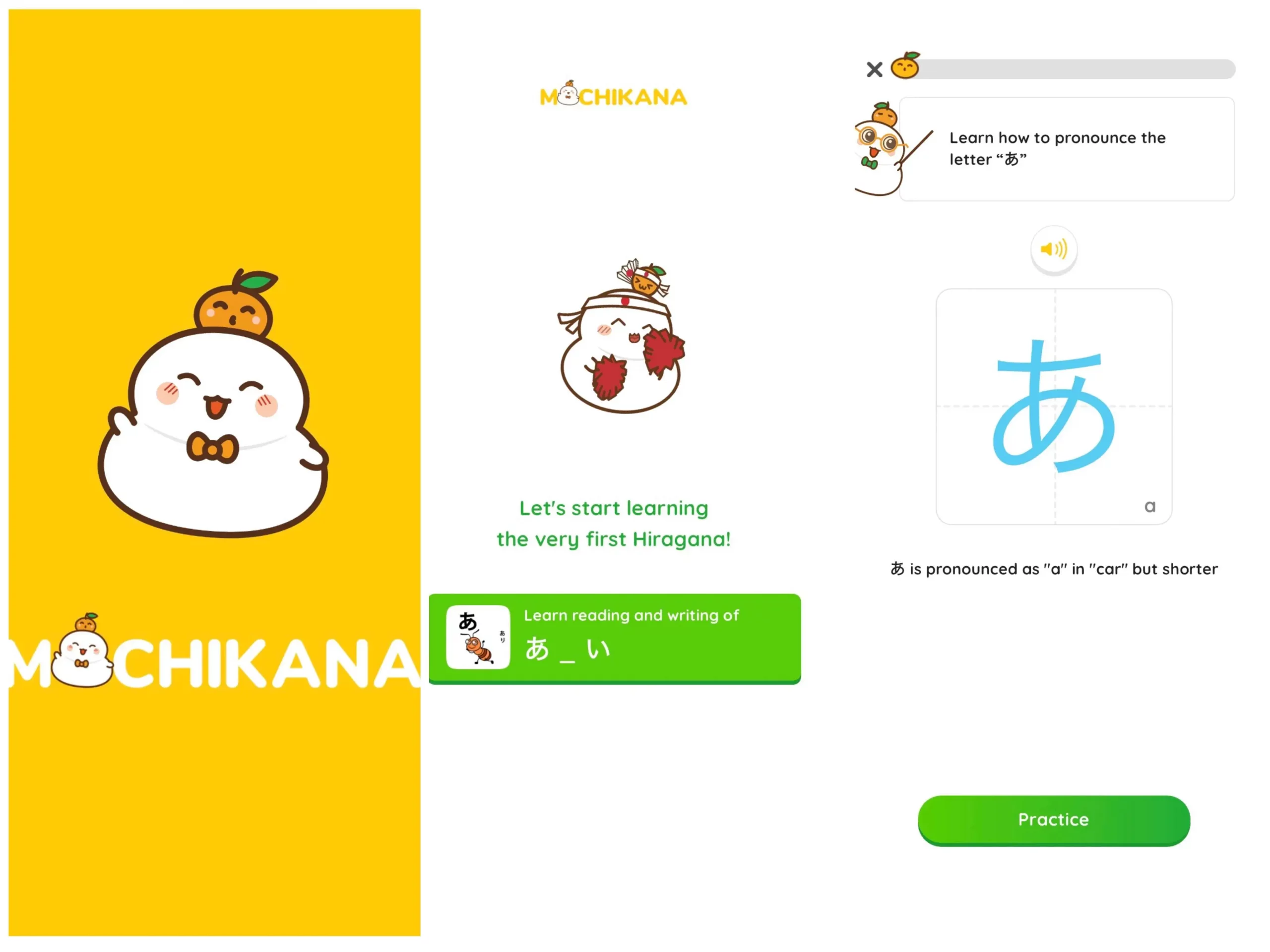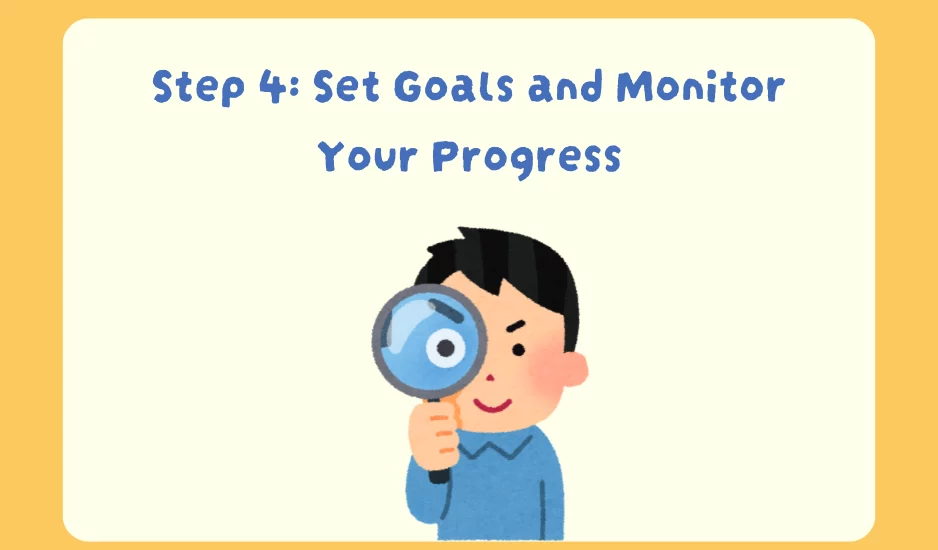Learning Japanese quickly is possible with the right approach, consistency, and resources. Whether you’re planning to travel to Japan, dive into Japanese pop culture, or achieve fluency for professional reasons, this guide will help you accelerate your learning journey. By focusing on the foundations, immersion, and advanced tools, you can make tangible progress in a short time.
Step 1: Build a Strong Foundation in Japanese
The foundation is the most important part of your language-learning journey. This includes mastering the basics of writing, vocabulary, and grammar.
Master Hiragana and Katakana
Hiragana (ひらがな) and Katakana (カタカナ) are the building blocks of Japanese. These phonetic alphabets are essential for reading and writing.
• Hiragana: Used for native words and grammatical elements (e.g., こんにちは – Kon’nichiwa, “Hello”).
• Katakana: Reserved for foreign words and onomatopoeia (e.g., コーヒー – Kōhī, “Coffee”).
How to Learn Kana Effectively:
• Create flashcards with each character alongside an example word for better association.
• Practice handwriting using tracing sheets to reinforce memory and improve recognition.
• Leverage Kana Learning Apps: Using specialized apps can significantly speed up your mastery of Hiragana and Katakana. Apps like MochiKana provide gamified learning experiences with interactive exercises, handwriting practice, and pronunciation guides. With features like a Spaced Repetition System (SRS) to reinforce memory, MochiKana ensures you retain characters effectively over time. By incorporating apps into your routine, you can make learning kana both fun and efficient.

• Memorize in pairs to differentiate similar-looking characters, such as さ (sa) vs. ち (chi), or ぬ (nu) vs. め (me).
Learn Core Vocabulary First
Essential phrases make your interactions smoother from day one. Focus on high-frequency words like greetings, numbers, and questions.
Example Phrases:
• これは何ですか? (Kore wa nan desu ka?) – “What is this?”
Label objects in your home and ask this question out loud before looking up their names.
• トイレはどこですか? (Toire wa doko desu ka?) – “Where is the restroom?”
Swap out “toire” for other places, like “eki” (station) or “mise” (shop), to expand your vocabulary.
• いくらですか? (Ikura desu ka?) – “How much is it?”
Practice this while mock-shopping, writing prices in yen.
Interactive Learning Tips:
• Use sticky notes to label furniture, appliances, or groceries in Japanese.
• Role-play conversations with a friend, tutor, or language partner.
• Keep a vocabulary notebook for daily review.
Understand Basic Grammar
Japanese grammar differs from English, with its Subject-Object-Verb (SOV) structure. Learn foundational grammar rules to build sentences.
• Desu Sentences: Declarative sentences like これはペンです (Kore wa pen desu) – “This is a pen.”
• Particles: Learn key particles like は (wa, topic marker), を (wo, object marker), and が (ga, subject marker).
• Verb Conjugations: Understand how to form past, present, and polite versions of verbs (e.g., 飲みます – Nomimasu, “I drink”).
For detailed explanations, use resources like Tae Kim’s Guide to Japanese Grammar or BunPro, which provide step-by-step grammar tutorials.
Step 2: Immerse Yourself in Japanese Media and Culture
Immersion accelerates learning by surrounding you with the language in real contexts. It helps you practice listening, speaking, reading, and writing simultaneously.
Consume Japanese Media
Regular exposure to native material builds pronunciation, rhythm, and vocabulary familiarity.
• Anime and TV Shows: Start with simple shows like “Doraemon” or “Shirokuma Cafe.” Watch with subtitles to connect words with sounds.
• Podcasts: Beginner-friendly podcasts like JapanesePod101 offer conversational lessons. Gradually shift to intermediate content as you improve.
• Manga and Books: Read graded readers, manga with furigana, or children’s books. These resources help you ease into kanji while providing context for vocabulary.
Engage in Conversations
Speaking is crucial for fluency. Engage with native speakers as often as possible.
• Language Exchange Platforms: Practicing conversations with native Japanese speakers is a crucial step in mastering the language. Apps like MochiKanji provide a structured foundation with conversational exercises integrated into kanji learning, making it easier to build confidence before engaging in real-time exchanges. Once you’ve gained some practice, platforms such as HelloTalk or Tandem allow you to connect with native speakers for more spontaneous and interactive language exchanges, helping you refine your skills further.
• Online Tutors: Platforms like iTalki or Preply offer affordable lessons with native tutors. Focus on improving pronunciation and mastering natural expressions.
Participate in Cultural Activities
Cultural experiences deepen your understanding of the language’s context:
• Cooking: Learn vocabulary related to ingredients and instructions by cooking Japanese dishes like miso soup or takoyaki.
• Festivals: Participate in seasonal events like Hanami (cherry blossom viewing) or Tanabata to practice cultural phrases.
Surround Yourself with Japanese
Integrate Japanese into your daily life to enhance immersion:
• Change your smartphone’s language settings to Japanese.
• Listen to Japanese music and memorize the lyrics.
• Follow Japanese YouTube channels or streamers for authentic conversational content.
Step 3: Use Advanced Tools and Strategies
Modern tools and proven strategies can streamline your learning process, especially for challenging aspects like kanji and speaking fluency.
Master Kanji Gradually
Kanji (漢字) is critical for reading and writing. Focus on high-frequency characters first and build gradually.
Tips for Success:
• Learn Radicals: Break kanji into smaller components, like 木 (tree) in 森 (forest).
• Spaced Repetition Systems (SRS): Apps like MochiKanji help you review kanji at optimal intervals.
• Write Daily: Practice writing kanji with correct strokes in order to reinforce memory.
Use MochiKanji
MochiKanji simplifies kanji learning with interactive features:
• Mnemonic Aids: Associate kanji shapes with memorable stories.
• Spaced Reviews: Prioritize frequently used characters for efficient learning.
• Engaging Exercises: Practice recognizing, reading, and writing kanji.
Set Realistic Goals
Setting specific goals helps maintain focus and track progress:
• Learn 10 new words daily.
• Write a short diary entry in Japanese every evening.
• Prepare for the N5 level of the JLPT within six months.
Track Your Progress
Assess your learning journey regularly:
• Take JLPT mock tests to benchmark grammar and vocabulary.
• Record yourself speaking Japanese to monitor pronunciation improvement.
• Compare old and new journal entries for writing progress.
Step 4: Set Goals and Monitor Your Progress
Setting clear goals and tracking your progress are critical components of learning Japanese efficiently. They help you stay focused, motivated, and aware of your improvement over time.
Why Setting Goals Matters
Having achievable goals provides direction and a sense of purpose in your learning journey. It prevents you from feeling overwhelmed by breaking down the vast task of learning Japanese into smaller, manageable steps. Goals also serve as milestones to celebrate, keeping you motivated along the way.
Examples of Achievable Goals
Here are some practical, specific goals that you can set:
• Learn 15 New Words Daily: Use a vocabulary app like Anki or Memrise to add 15 new words to your repertoire every day. Focus on frequently used words to build a functional vocabulary quickly.
• Pass the N5 Level of the JLPT in 6 Months: The Japanese Language Proficiency Test (JLPT) provides a measurable way to track your progress. Start with N5, the easiest level, and plan your study schedule around its requirements, such as basic grammar and around 800 vocabulary words.
• Write Short Diary Entries: Writing in Japanese every day, even just a few sentences, helps you practice sentence construction, grammar, and new vocabulary. For example, describe your day using simple sentences like: “今日は忙しかったです。友達と映画を見ました。” (Kyou wa isogashikatta desu. Tomodachi to eiga o mimashita – “Today was busy. I watched a movie with a friend.”).
Track Your Learning Journey
Tracking progress helps you understand where you’re excelling and which areas need more focus. Here are some effective ways to do this:
• Take Mock Tests: Use practice exams to gauge your proficiency in grammar, vocabulary, reading, and listening. Mock tests simulate the JLPT and give you insight into your readiness for the actual exam.
• Record Conversations: Practice speaking with a tutor or language partner and record your conversations. Listening back allows you to identify pronunciation errors, grammatical mistakes, and areas for improvement.
• Use Apps Like FluentU: FluentU offers interactive video lessons with quizzes to help you measure your listening and comprehension skills. It tracks your progress by monitoring how well you retain vocabulary and grammar points covered in the lessons.
Step 5: Embrace Virtual and Real-Life Immersion
If traveling to Japan isn’t an option, you can still create an immersive experience virtually.
How to Immerse Without Travel:
• Attend virtual tours of Japanese temples and cultural sites.
• Join Japanese Discord groups or online communities to practice conversational skills.
• Play video games in Japanese for interactive language exposure.
Practice Shadowing
Shadowing involves repeating after native speakers to mimic their pronunciation and rhythm.
• Start with short dialogues from podcasts or anime.
• Progress to longer conversations, focusing on intonation and sentence flow.
Conclusion: The Fast Path to Japanese Proficiency
Mastering Japanese quickly is achievable with the right approach. By building a strong foundation, immersing yourself in the language, and using effective tools like MochiKanji, you can accelerate your progress. Consistency, curiosity, and creativity are your allies—stay motivated, celebrate milestones, and enjoy the rewarding journey of learning Japanese.
Japanese is not just a language; it’s a gateway to a rich culture and new opportunities. Start your learning journey today, and discover the joy of speaking and understanding one of the world’s most beautiful languages.









